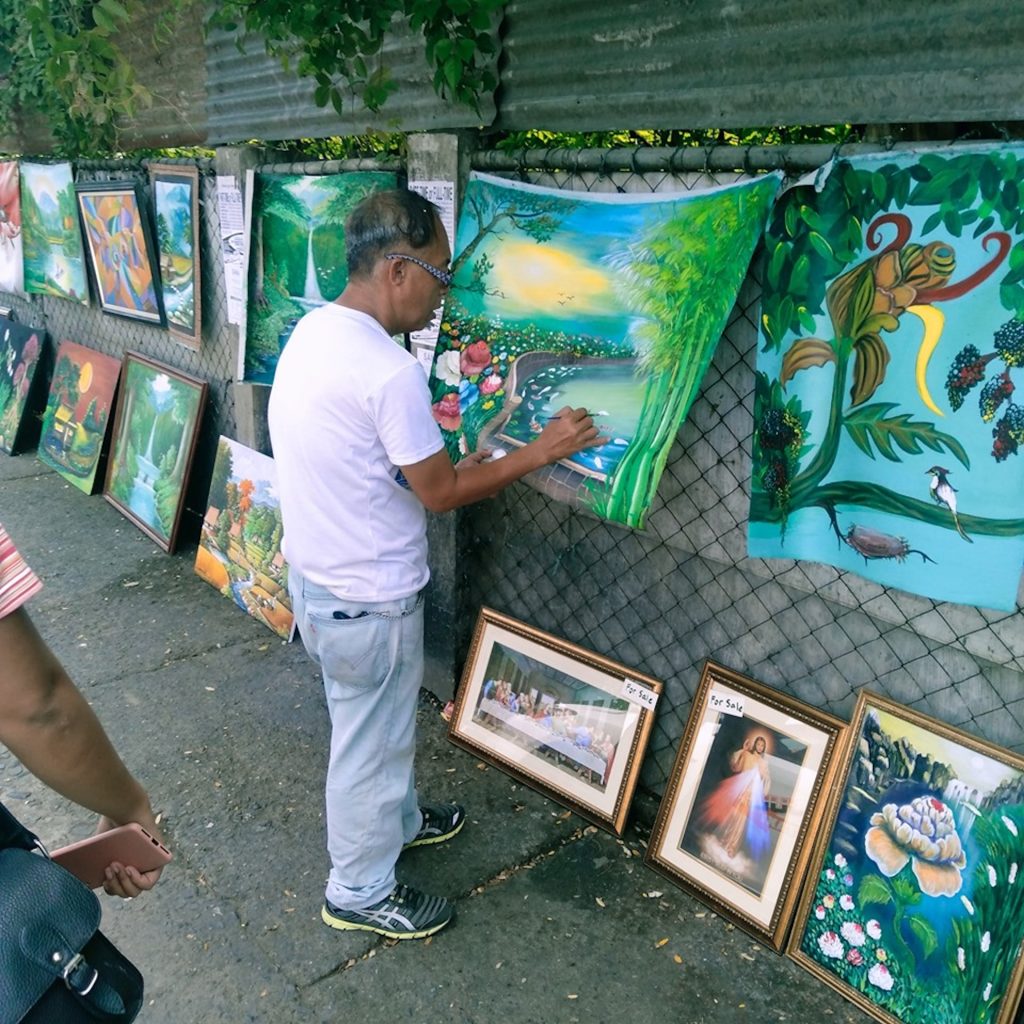
A Call to Action for Our New Leaders to Champion The Filipino Entrepreneur
May 19, 2025
Philippines Private Sector Partners With Malaysia AgriTech
May 27, 2025
Creatives Can Be Entrepreneurs, Too
No doubt, there is a lot of creativity involved in entrepreneurship. Successful entrepreneurs are resourceful and imaginative, crafting products and services that resonate in the market. They have a knack for reading the room and enough creativity to introduce something exciting and innovative.
But what about entrepreneurship among creatives? While creativity is its own reward, can one build a business around it? What if, instead of traditional forms of capital, like land, for example, the capital is one’s creative wealth? What if the entrepreneur and the creator of the product are the same person? Can creative input be given commercial value and offered in the market for purchase, same as any product or service?The creator-entrepreneur has become more visible lately, thanks to social media and more accessible e-commerce platforms. They no longer need to rely on agents or other third-party sellers to connect with their markets. Maybe this is why creative activity has increased its contribution to the Philippine economy over the last few years.
In the Philippines, the Philippine Statistics Authority (PSA) categorizes the Philippine creative industry into nine main domains: audiovisual media, digital interactive media, creative services, design, publishing and printed media, performing arts, visual arts, traditional cultural expressions and cultural sites.According to the PSA, the Philippines’ creative industry steadily grew in value from P1.38 trillion in 2018 to P1.94 trillion in 2024. Latest figures show that it contributed 7.3 percent to the country’s Gross Domestic Product, and is now estimated to employ some 7.51 million Filipinos, representing 15.4 percent of the nation’s total workforce. Worldwide, the UNESCO estimates that creative industries generate nearly $2.25 trillion per year, accounting for up to seven percent of GDP in places where the sector is developed, and employing 29.5 million people worldwide.
Where before, advocates for creatives had to fight tooth and nail for fair prices and opportunities, the Philippine creative industry got a boost in 2022 when Republic Act 11904 was enacted to increase the global competitiveness of the country’s creative sectors. The support from government is to come in the form of shared services and infrastructure programs, research and development, digital transformation, access to financing opportunities and capacity building through scholarships and training.
RA 11904, also known as the Philippine Creative Industries Development Act, defines creative industries as trades of innovative goods and services that originate from human creativity, skill and talent that can potentially be a source of wealth and provide employment opportunities. At its core, it implies that wealth can be generated from creative activity.
Undoubtedly, the creative industry has substantial room to grow and potential to contribute more to the economy. It is encouraging to see both the public and private sectors proactively developing strategies and initiatives to strengthen this industry. Beyond its economic benefits, a developed creative industry offers intangible advantages, such as employing young people and women, and driving innovation across various industries beyond the obvious sectors like fashion and entertainment, but even extending to areas such as finance and food.
Now with legislative support in place and more structure to the industry (RA 11904 mandates the Philippine Creative Industries Development Council to implement a long-term plan for the sector’s development), there is more reason to double our efforts to support and empower the Philippine creative workforce. With hope, and if all goes according to plan with the Creative Economy Roadmap, the country can become ASEAN’s leading creative economy by 2030.
Clearly, given the wealth of creative talent among Filipinos, the country’s creative industry has emerged as a vital economic driver. But while it has demonstrated resilience and the ability to thrive independently, institutional support is still needed to unlock its full potential and accelerate its progress.
Entrepreneurial abilities are increasingly crucial, especially now that creatives have in their hands the tools to take their products and services to market. Along with product differentiation and craftsmanship, there are hard skills like brand-building, networking, a strong understanding of intellectual property rights and financial management that creator-entrepreneurs must add to their arsenal to successfully build a business.
We see enough potential for growth in the creative industry, and we see that it can be through entrepreneurship that our creatives can thrive. Sadly, we’ve seen too many talented creatives fail in business because they don’t have the necessary skills for entrepreneurship.
With hope, this coming weekend (May 31), through the Creative Entrepreneurship Summit which we at Go Negosyo have organized, we can help in empowering our creatives through mentoring in entrepreneurship.
The Creative Entrepreneurship Summit is the first of its kind in the country. Its broader goal is to recognize the pivotal role of the creative industries in the Philippines by facilitating discussion, exploring synergies and sparking meaningful collaborations across various creative sectors. Creator-entrepreneurs will benefit from the panel discussions, where they can learn from peers who have successfully grown their businesses and gain insights from experts who will give an overview of the current landscape of the Philippine creative industry. Complementing these plenary discussions and forums will be one-on-one and group mentorship sessions that will offer feedback and actionable guidance for participants looking to start or grow their creative businesses.
For Filipino creatives to thrive and continue pursuing their path, they need to be empowered through entrepreneurship. By providing access to mentorship and knowledge-sharing sessions that can help them transform creative ideas into viable business ventures, we can pave the way for a whole new avenue for the Philippines to realize its aspirations of becoming a leading economy in the region.
Originally Published in Philippine Star


2/F RFM Corporate Center, Pioneer cor. Sheridan Sts. Mandaluyong City, Metro Manila, Philippines

